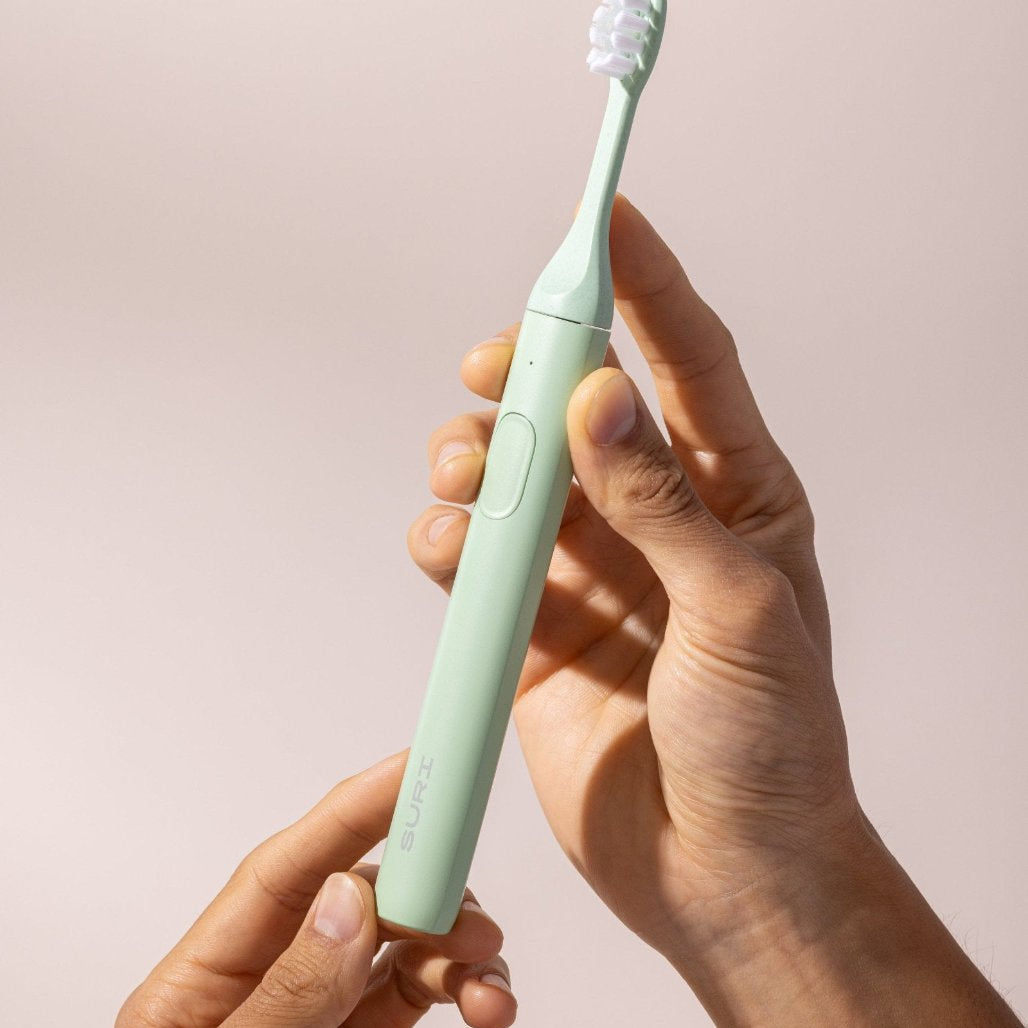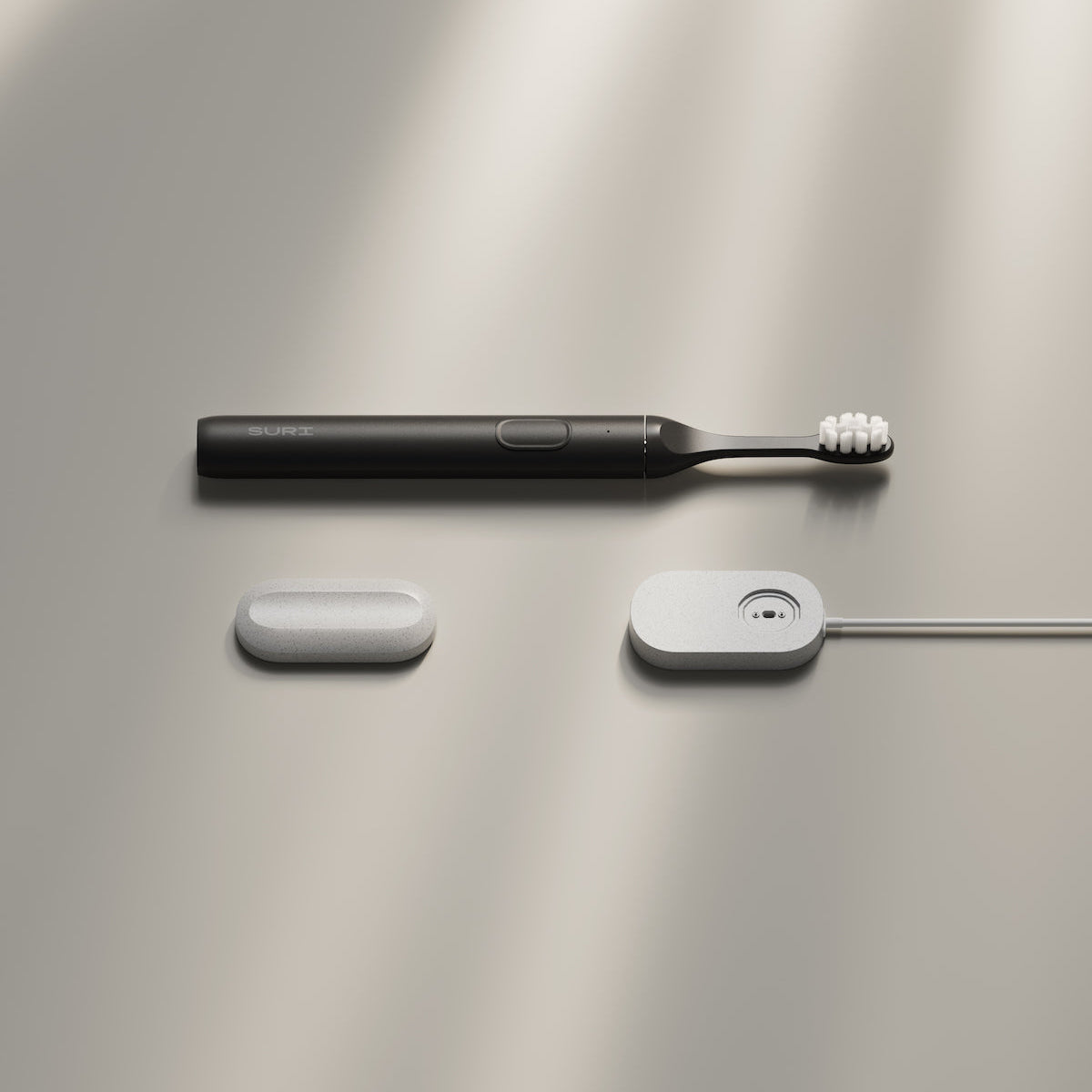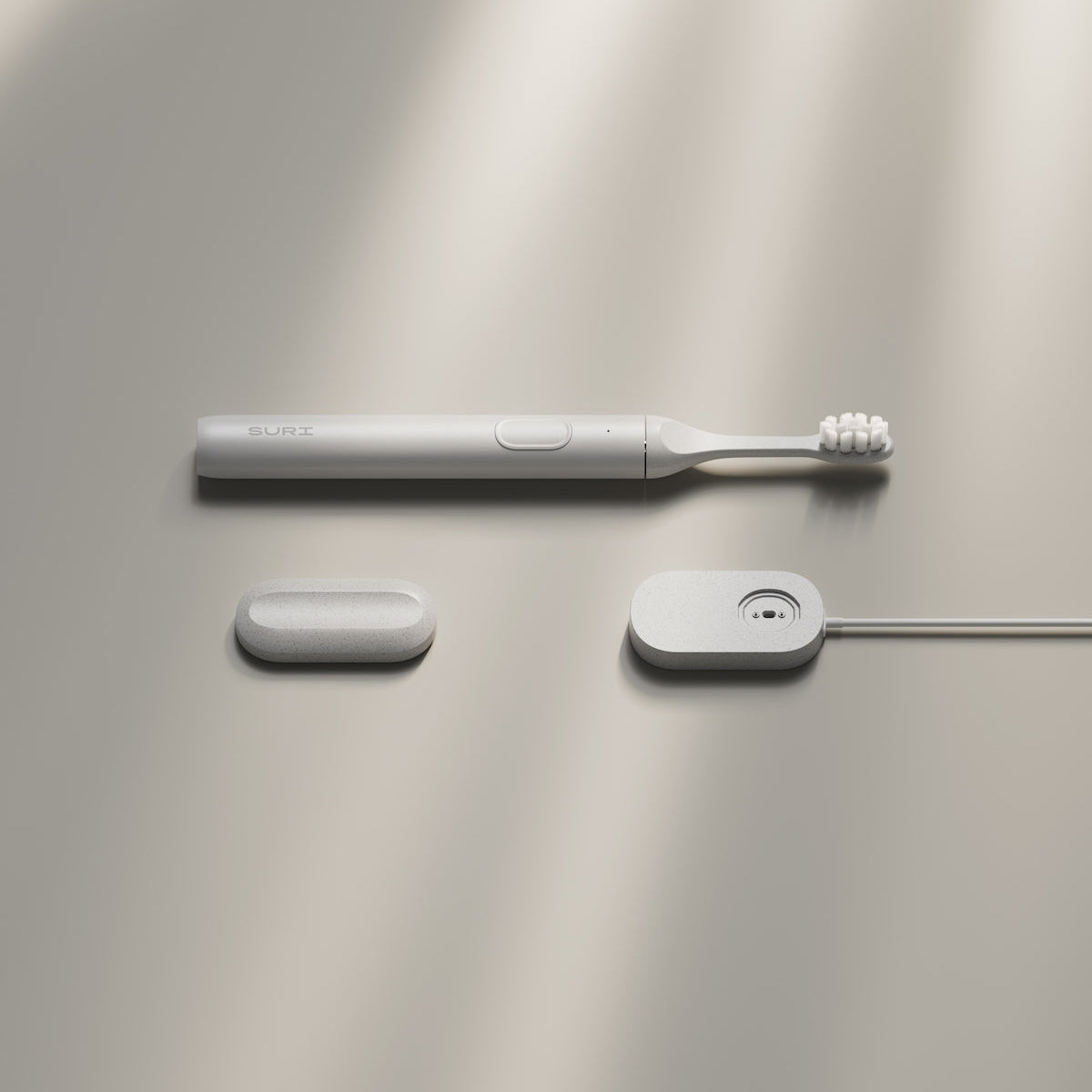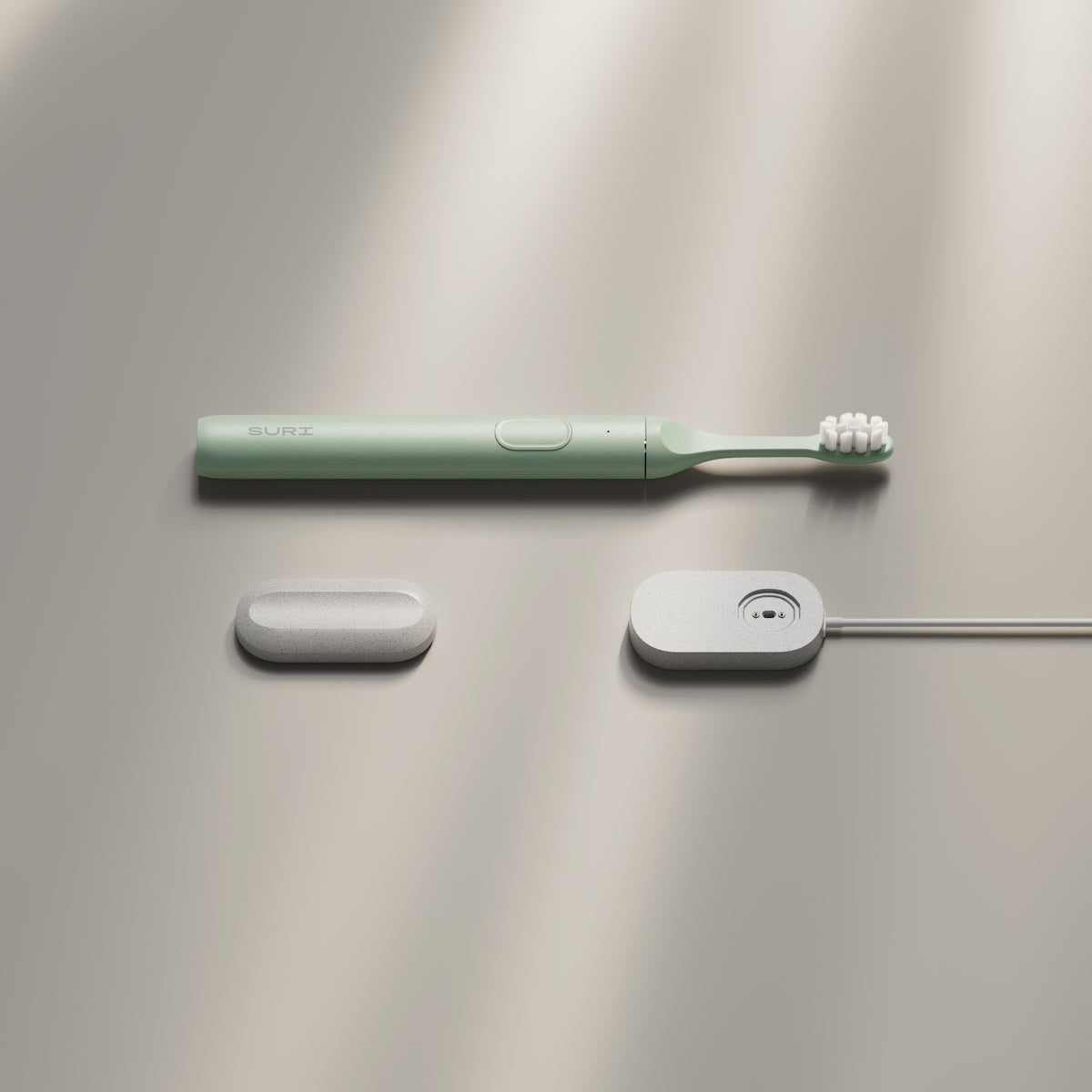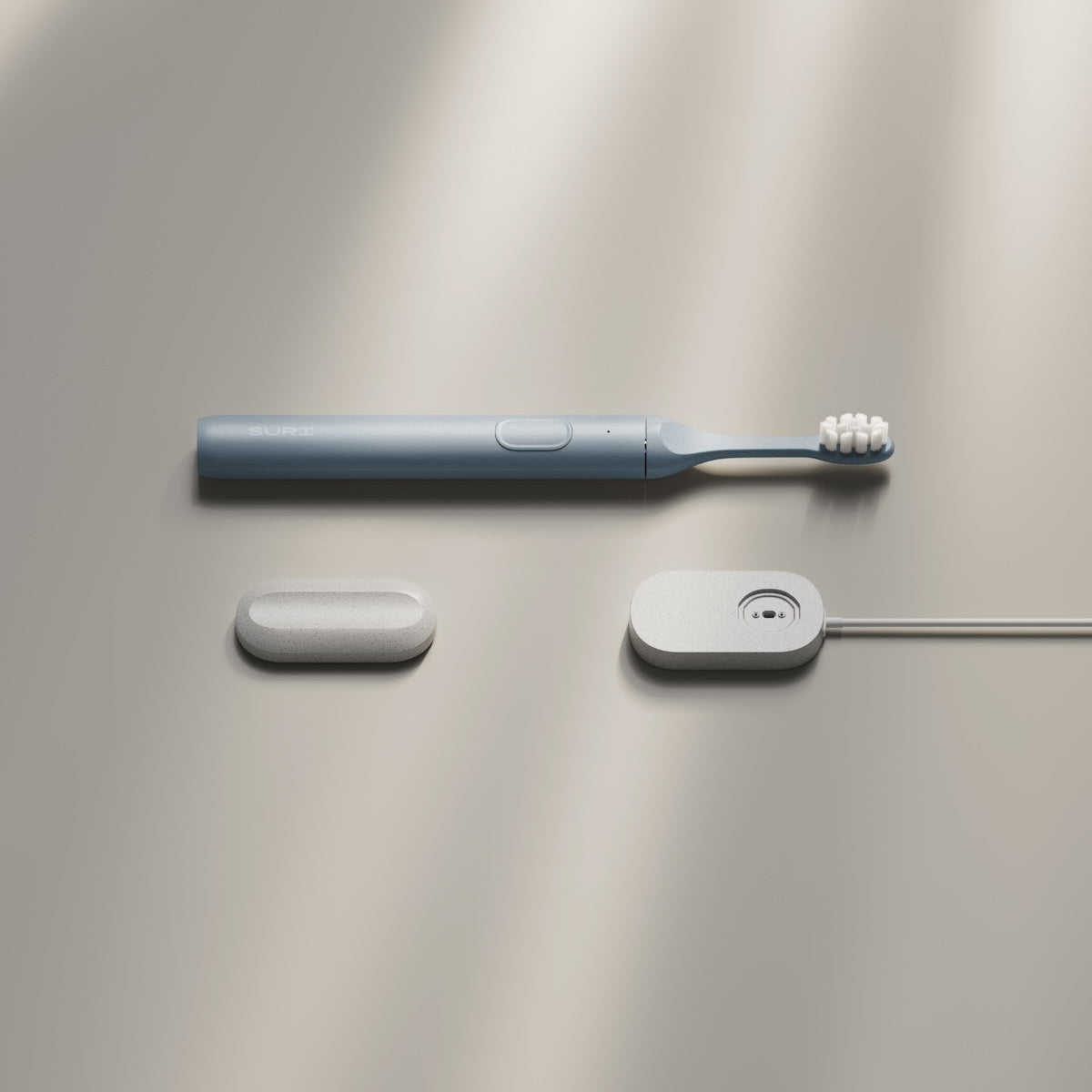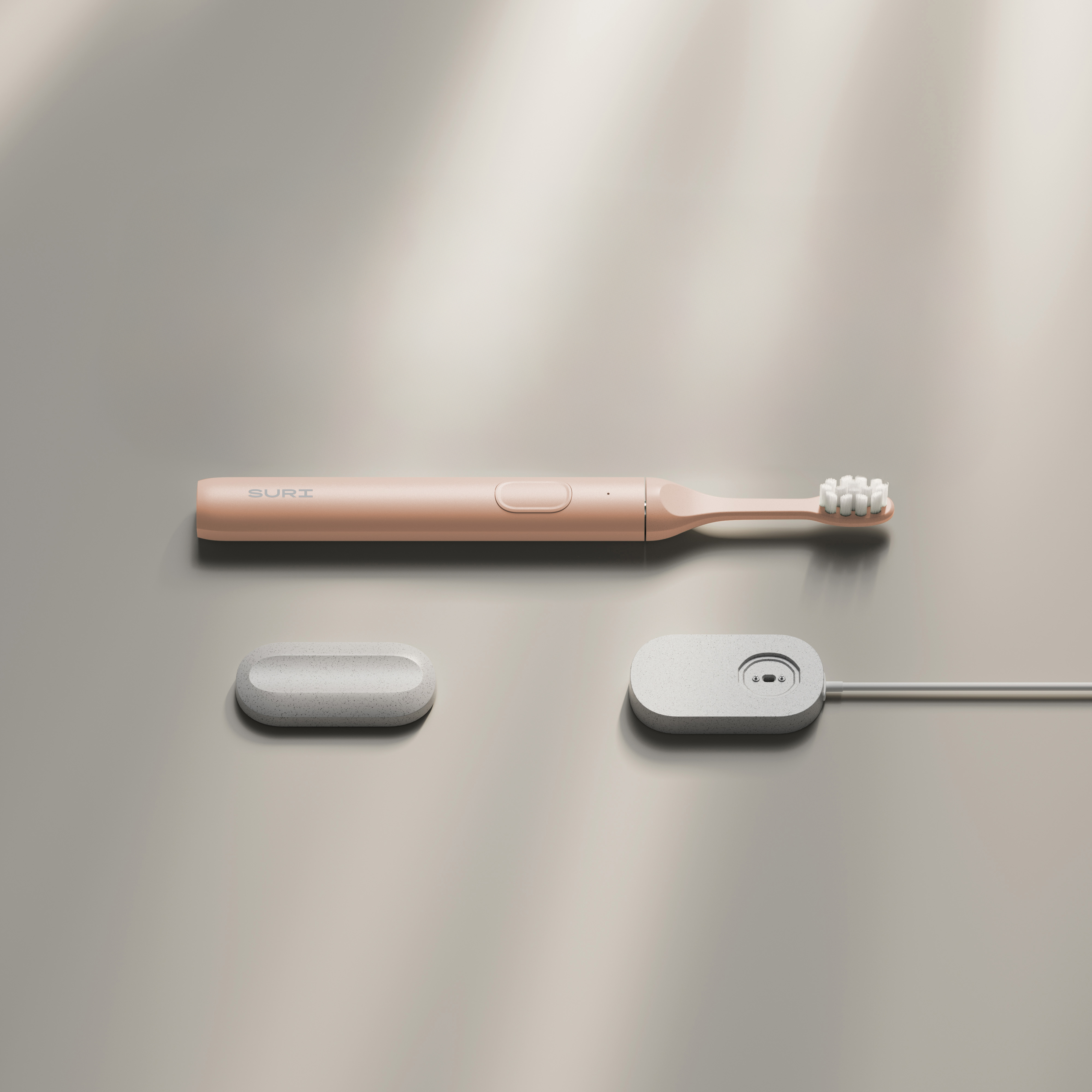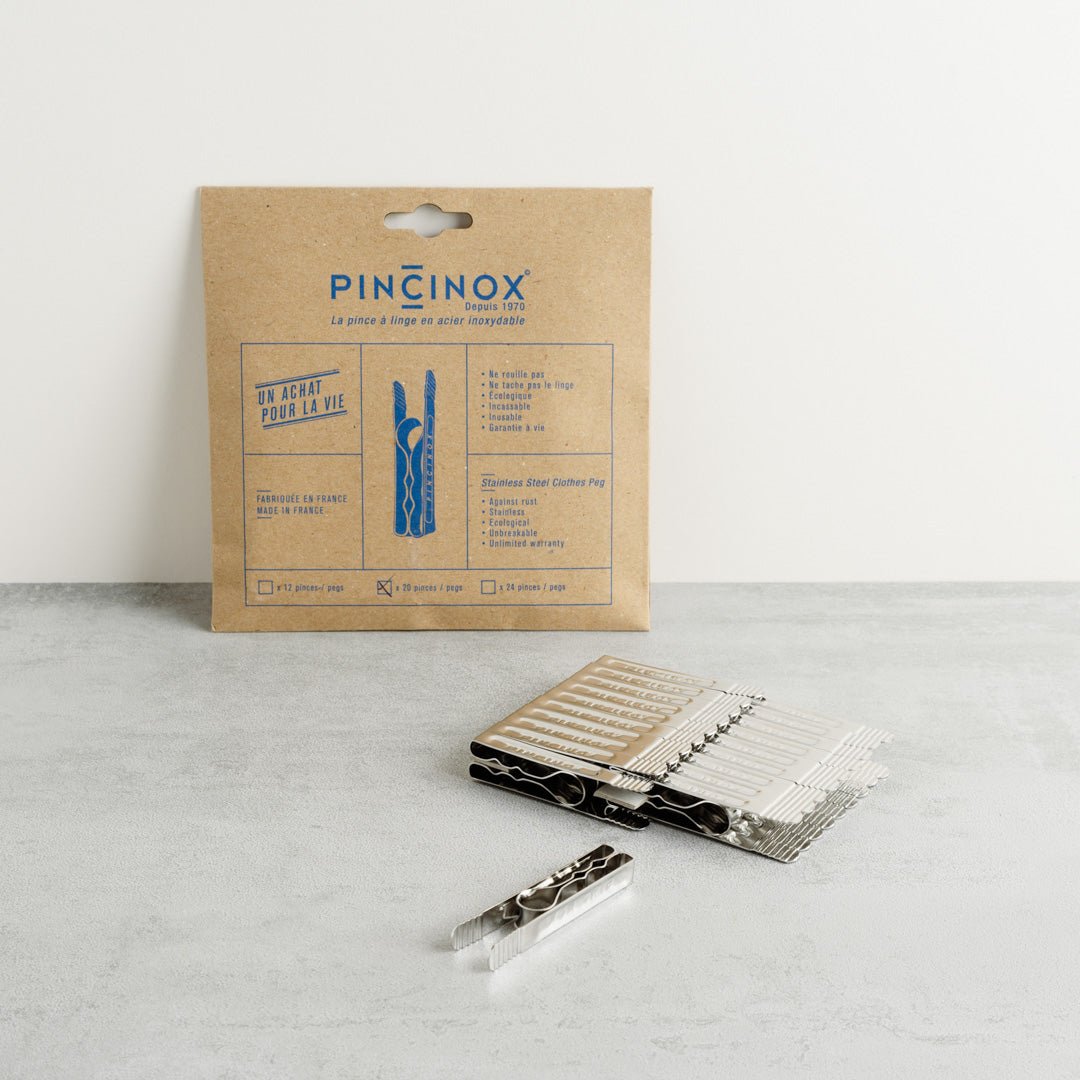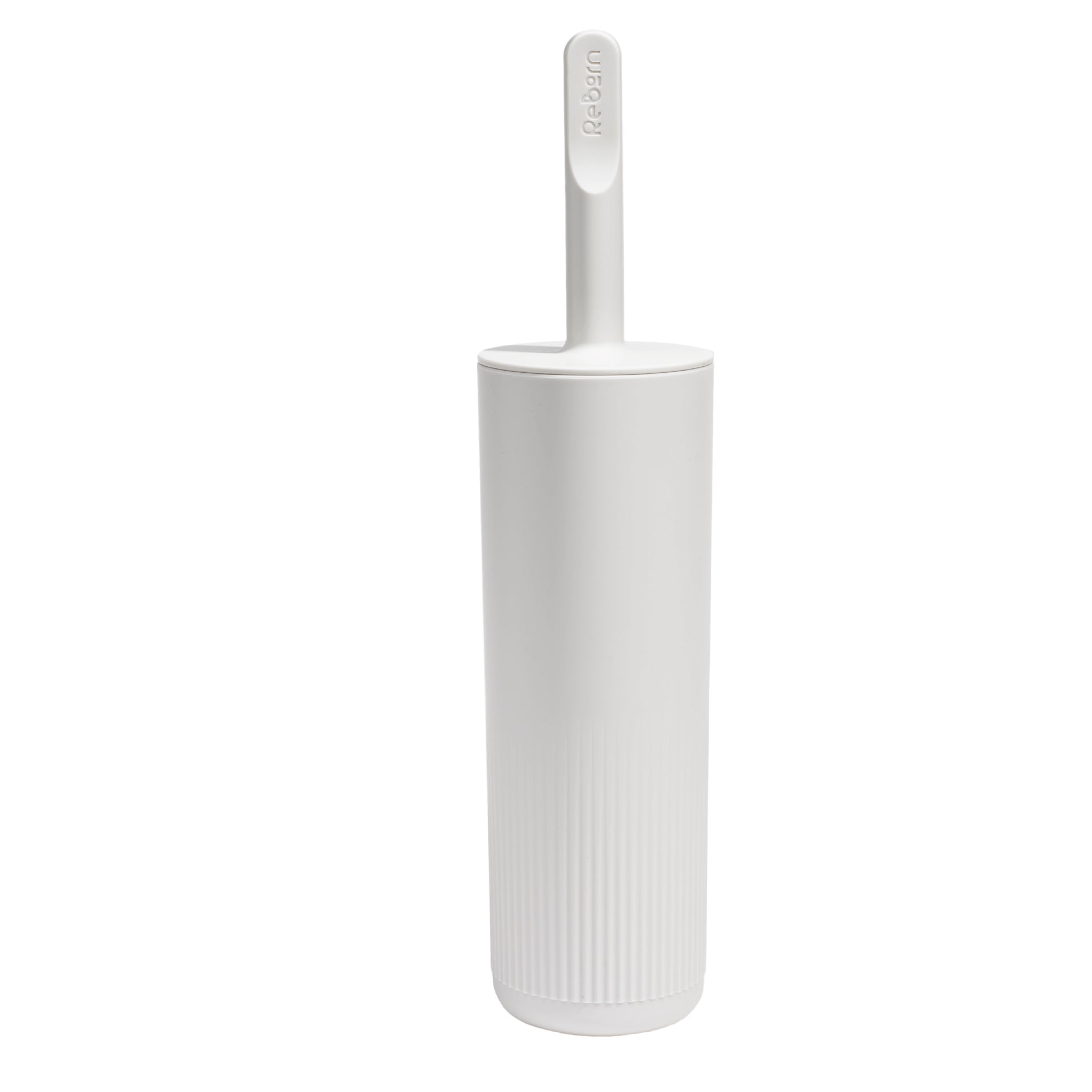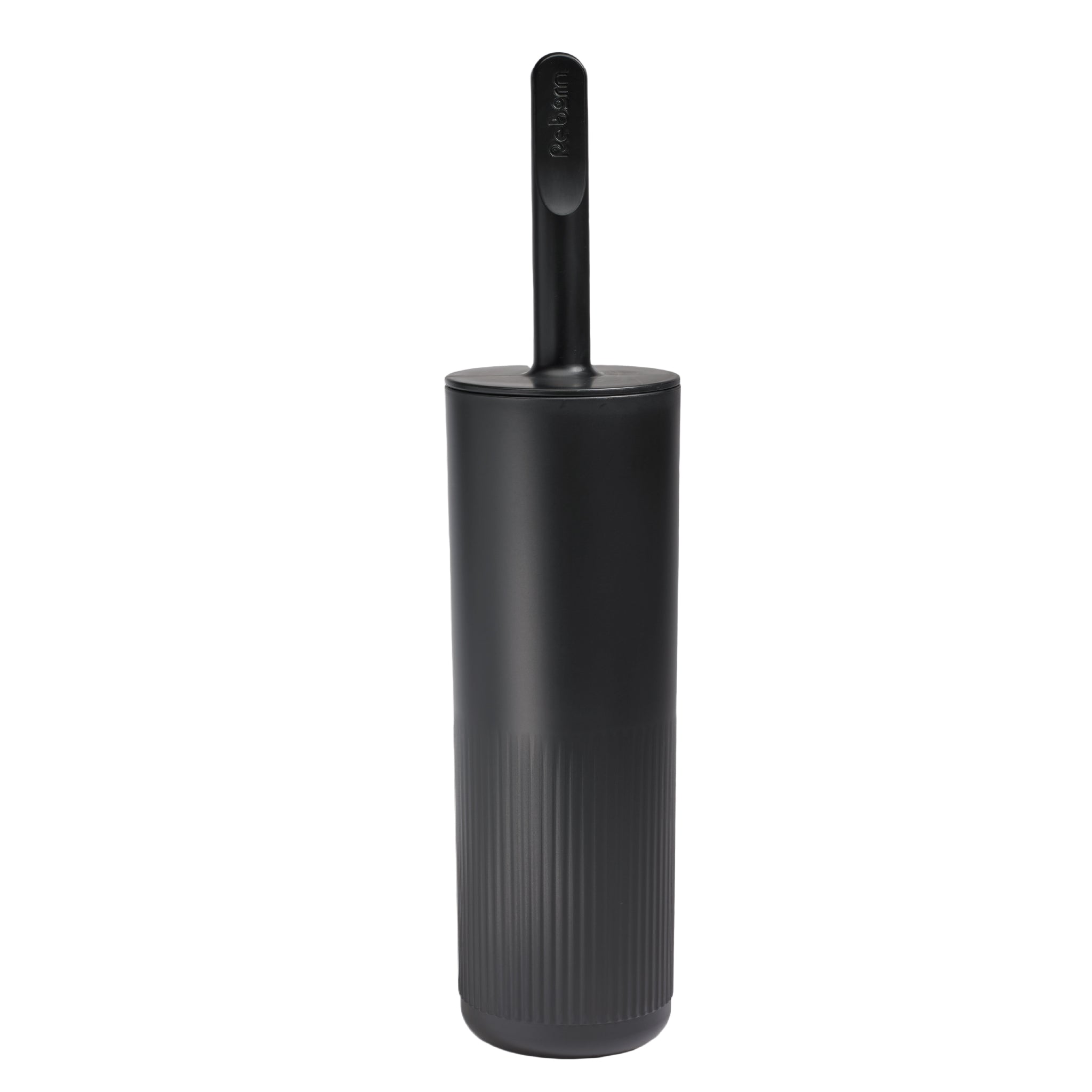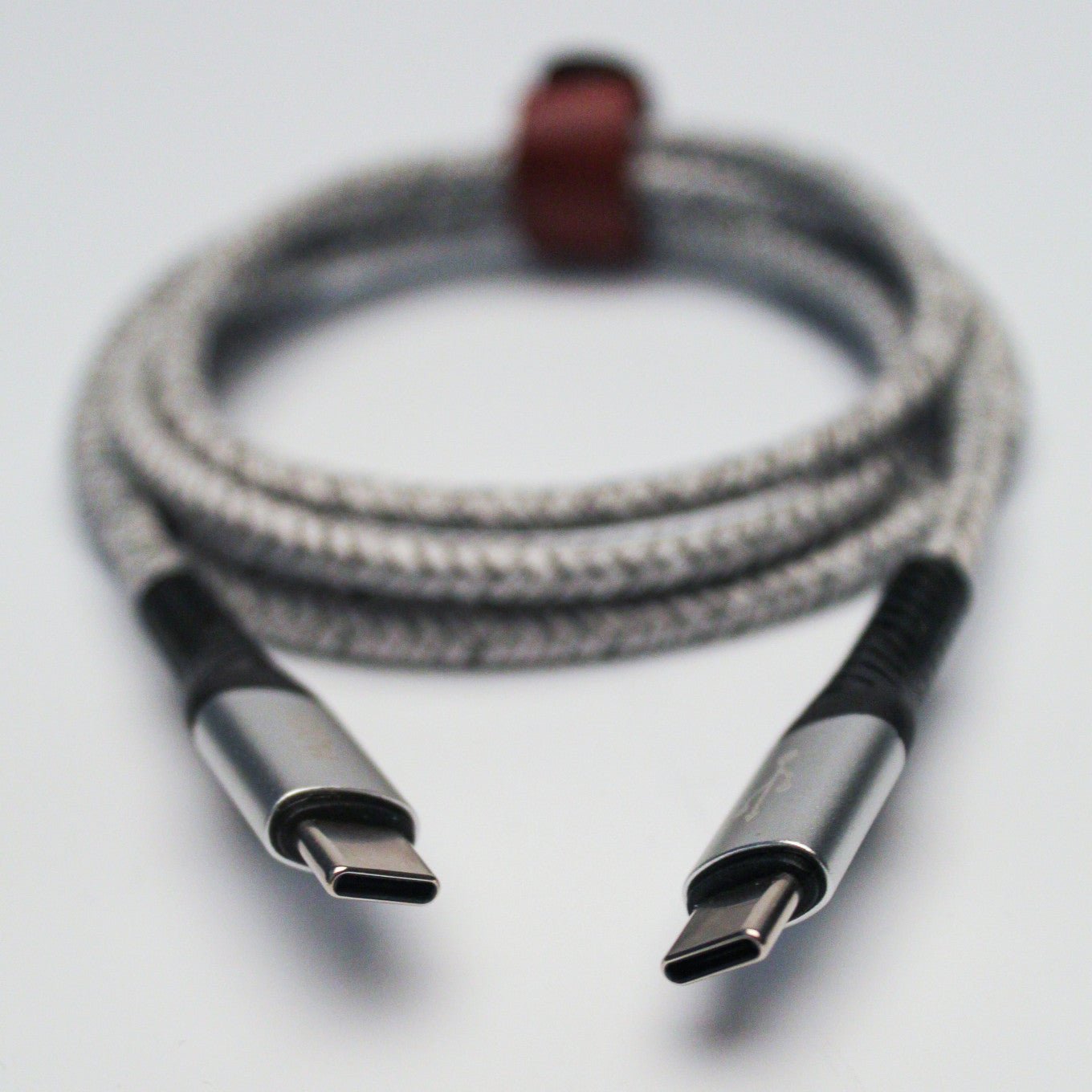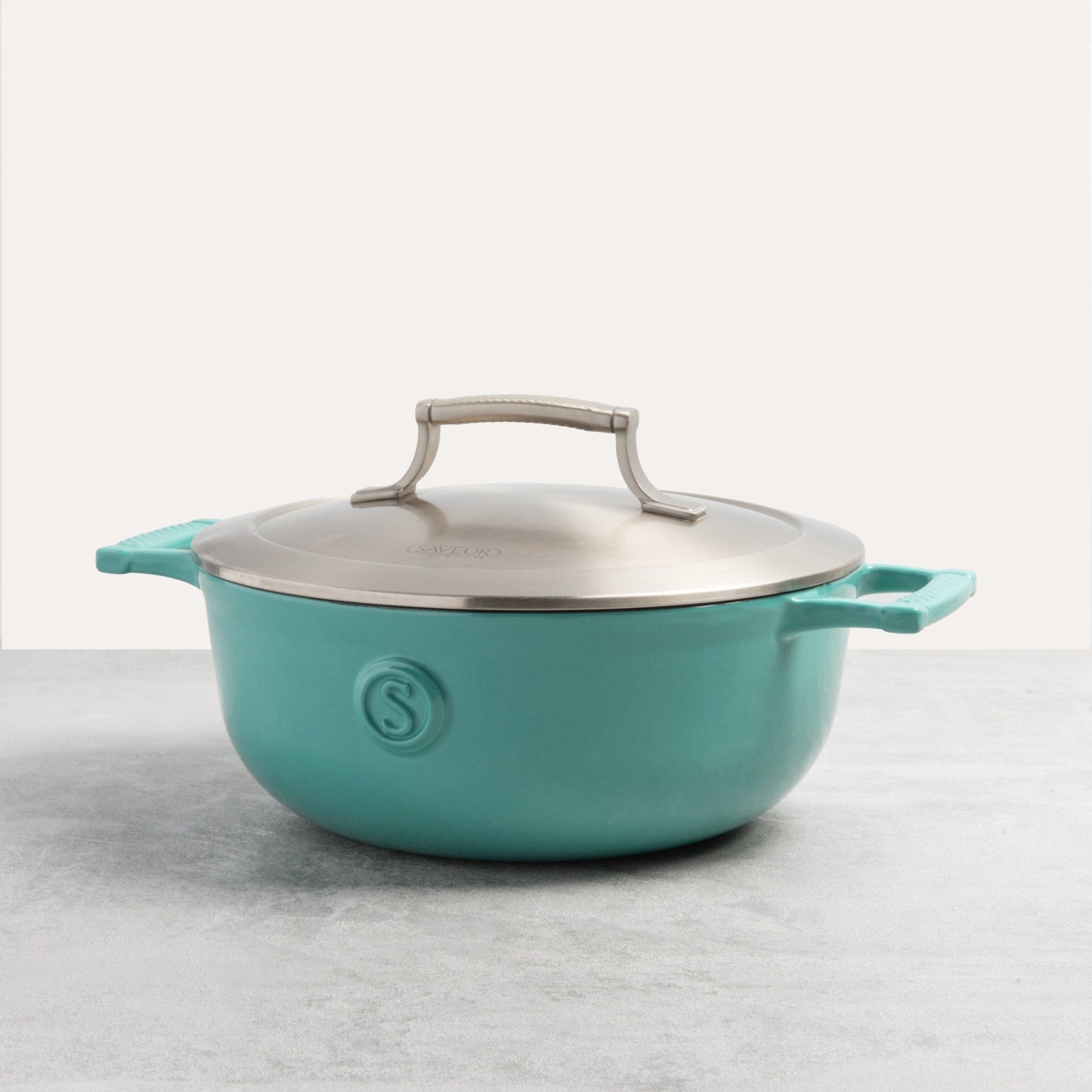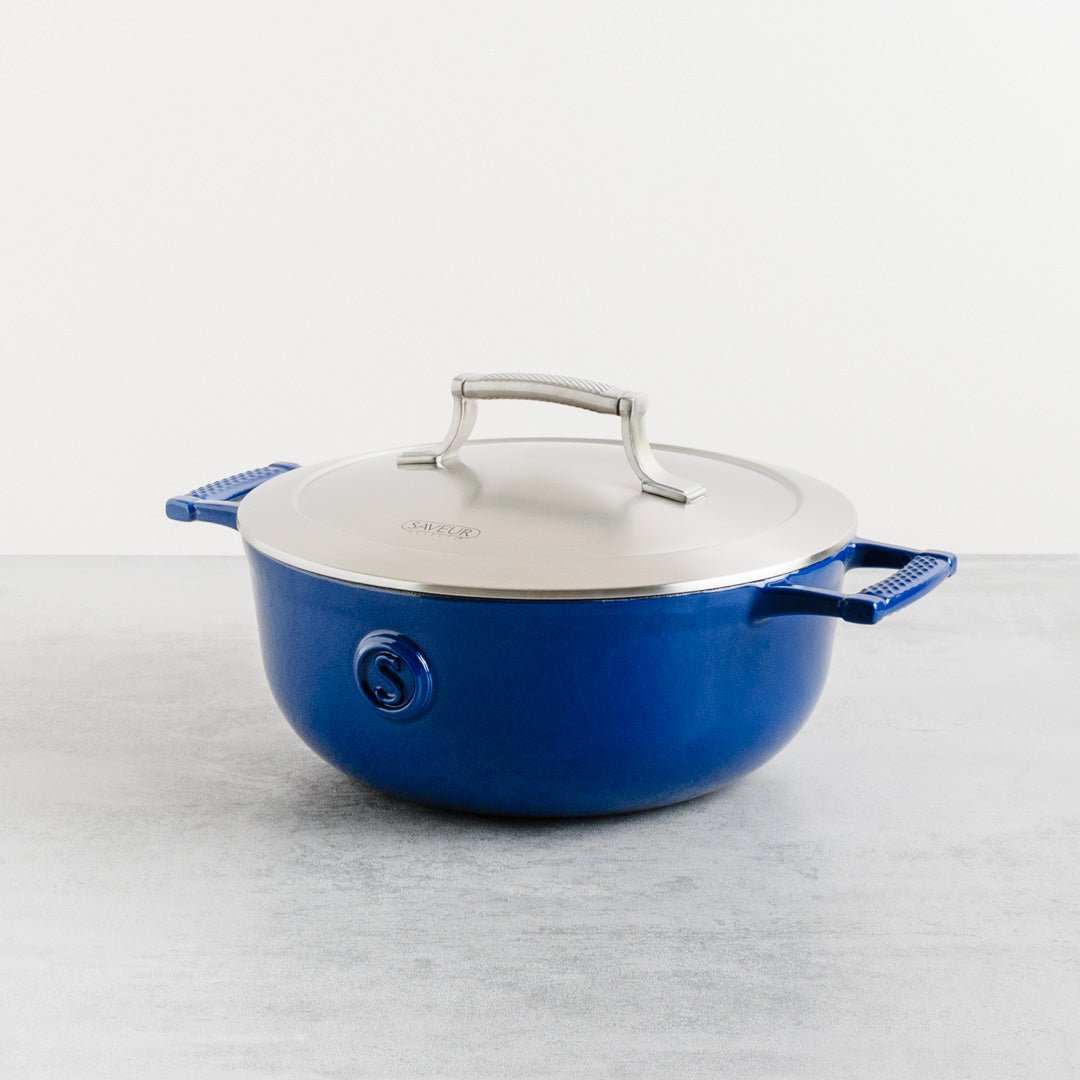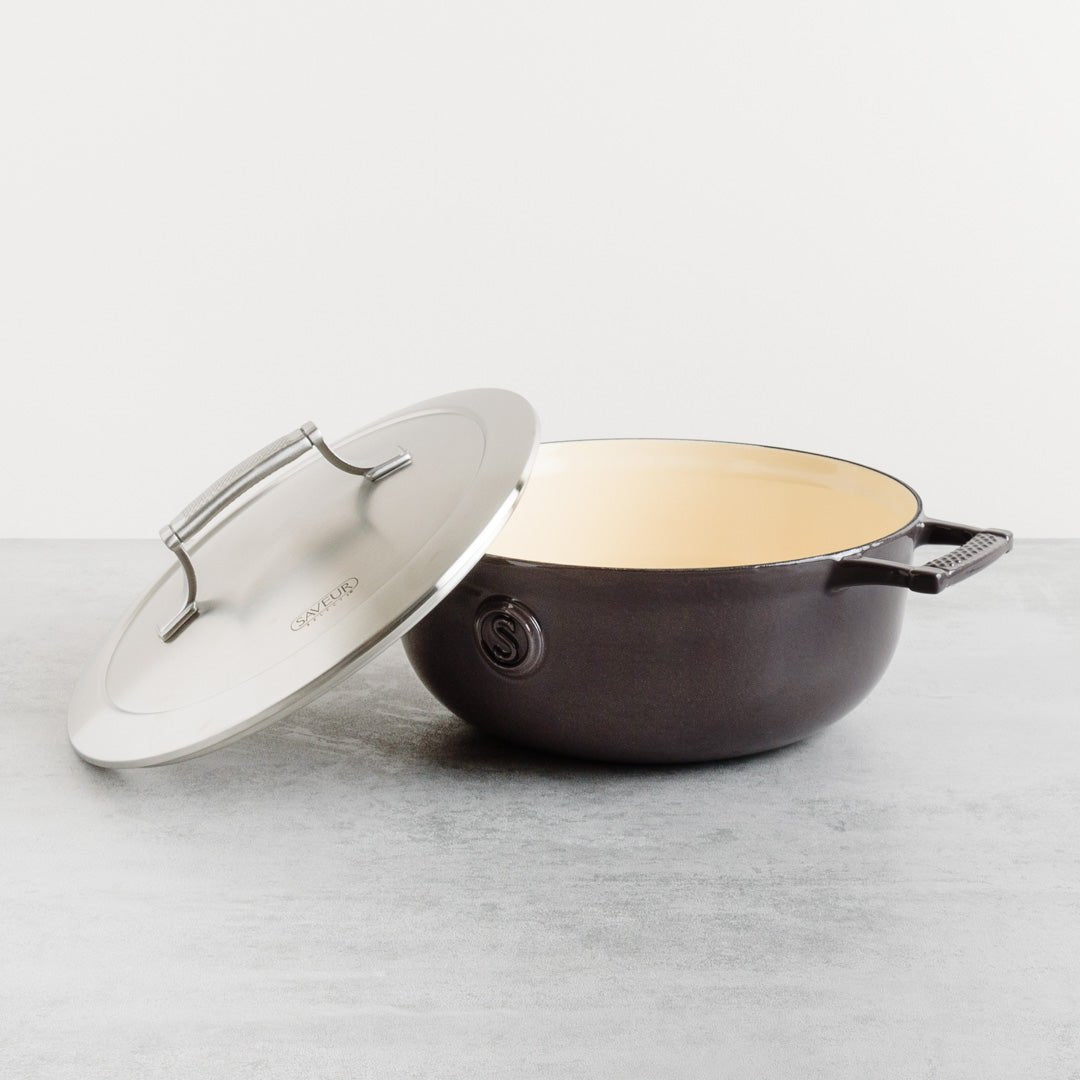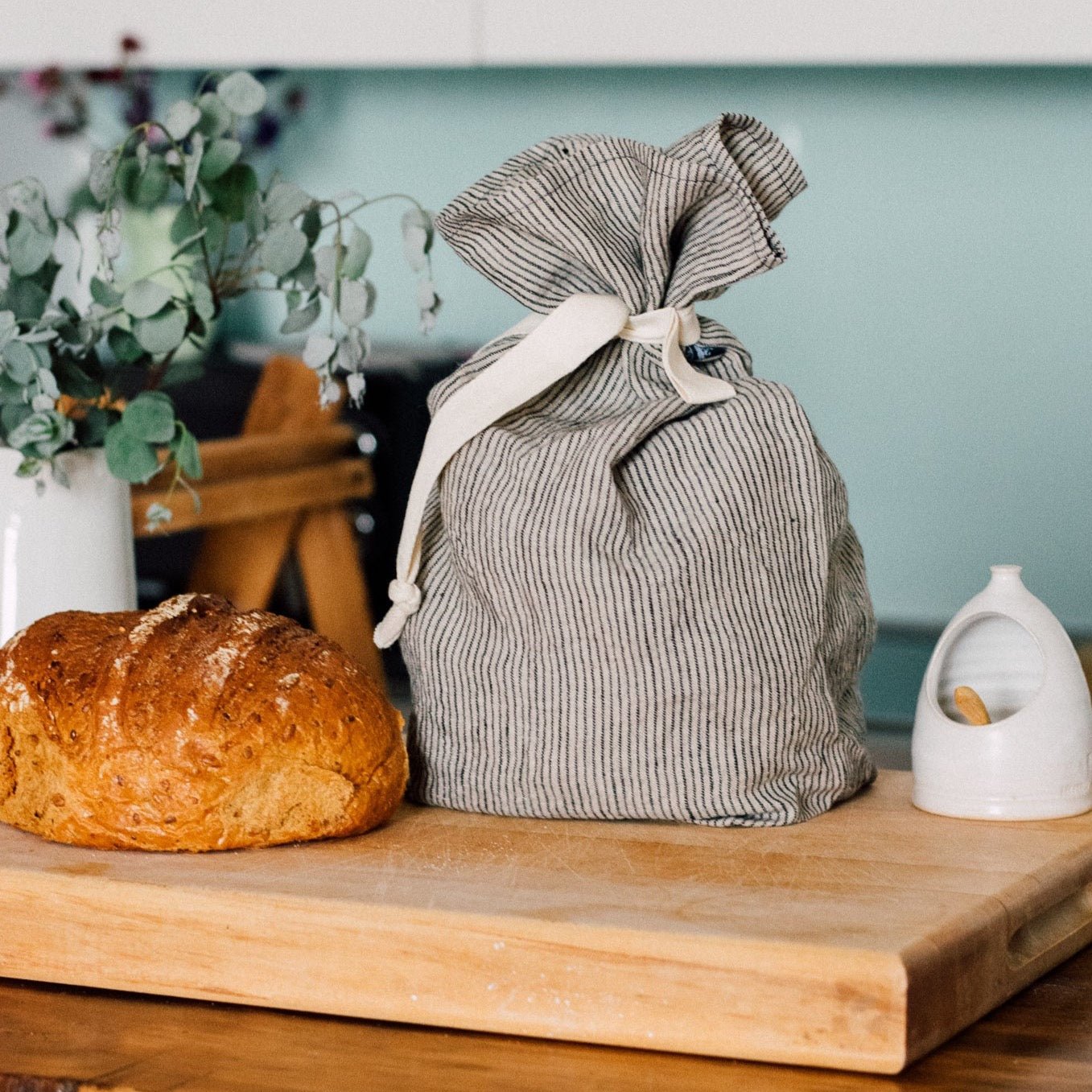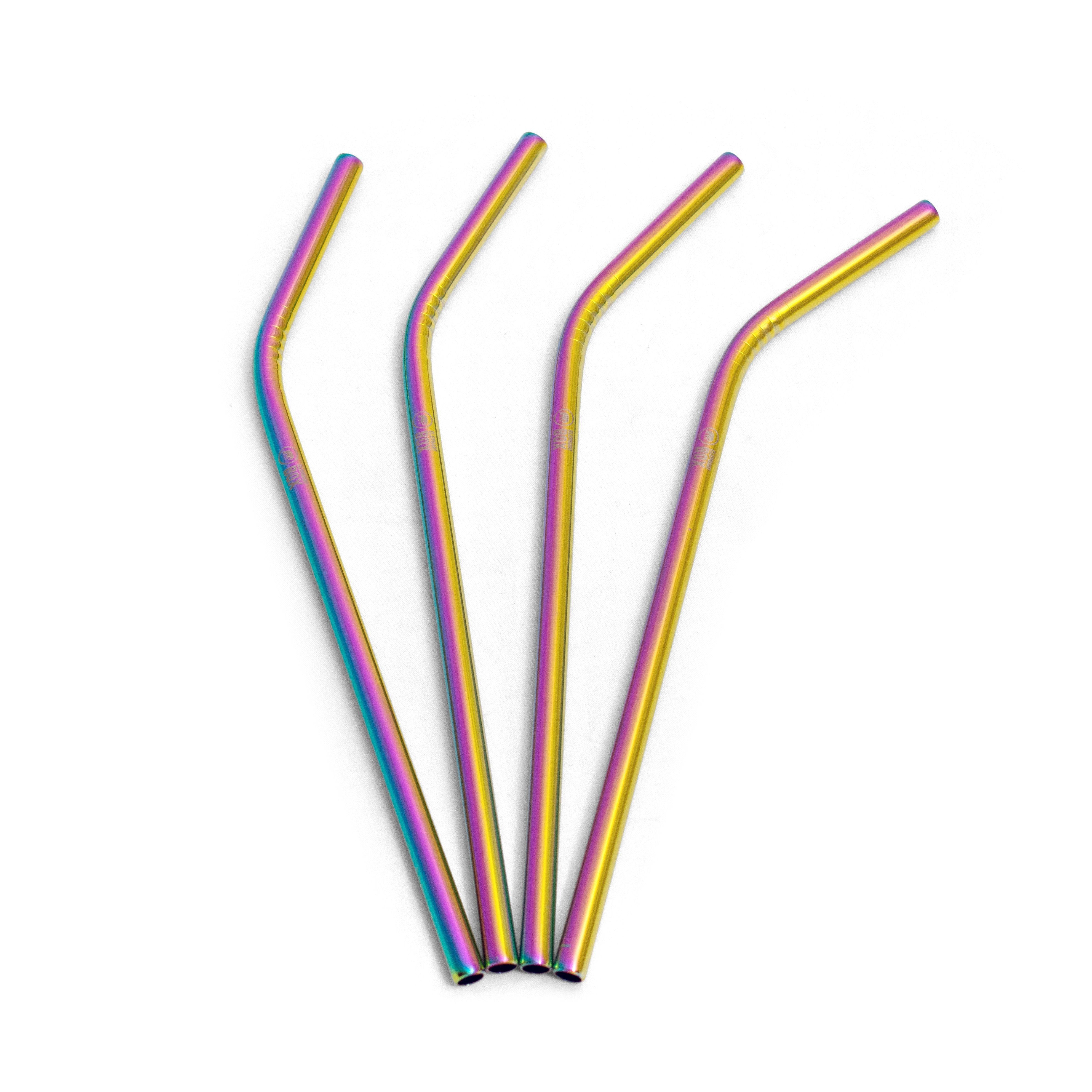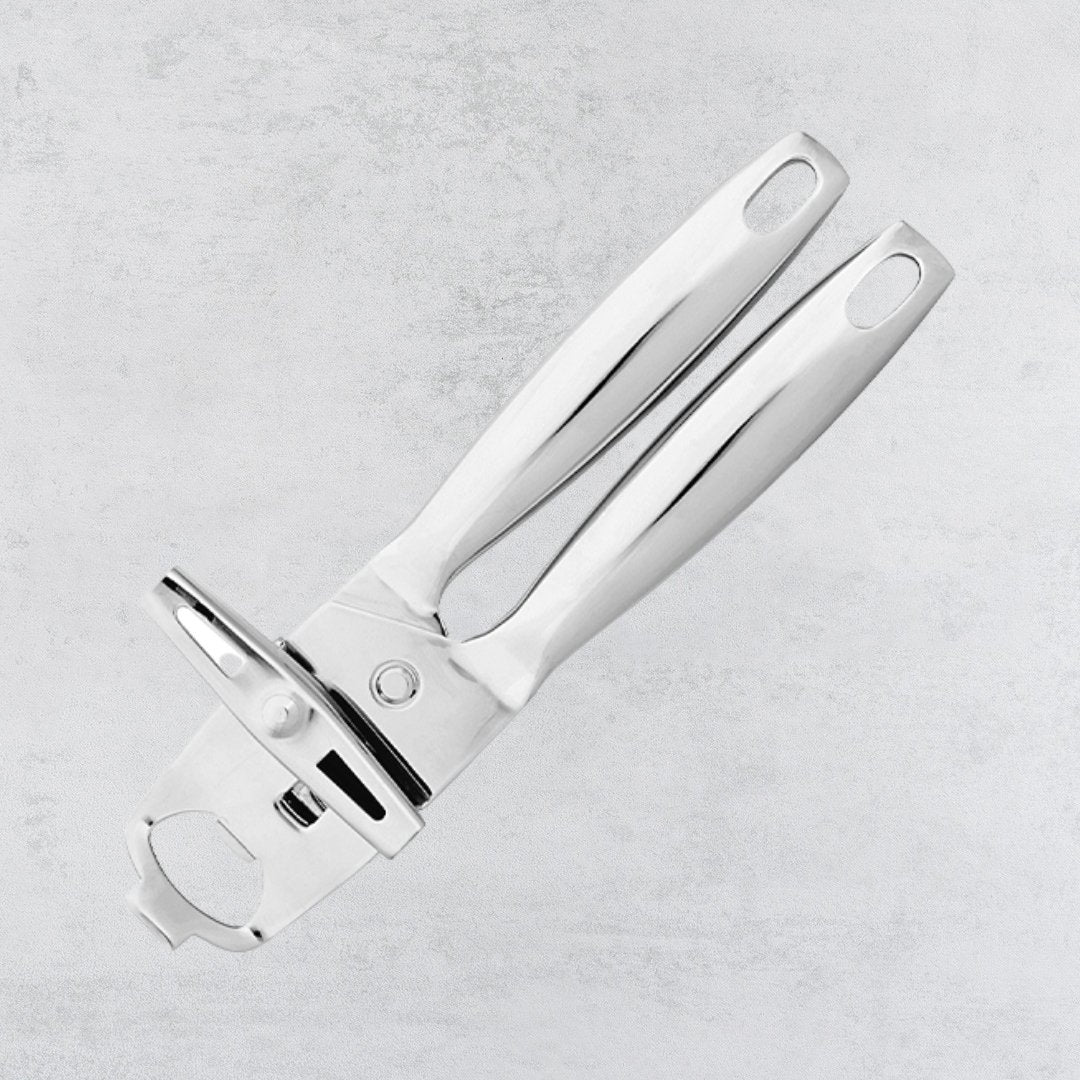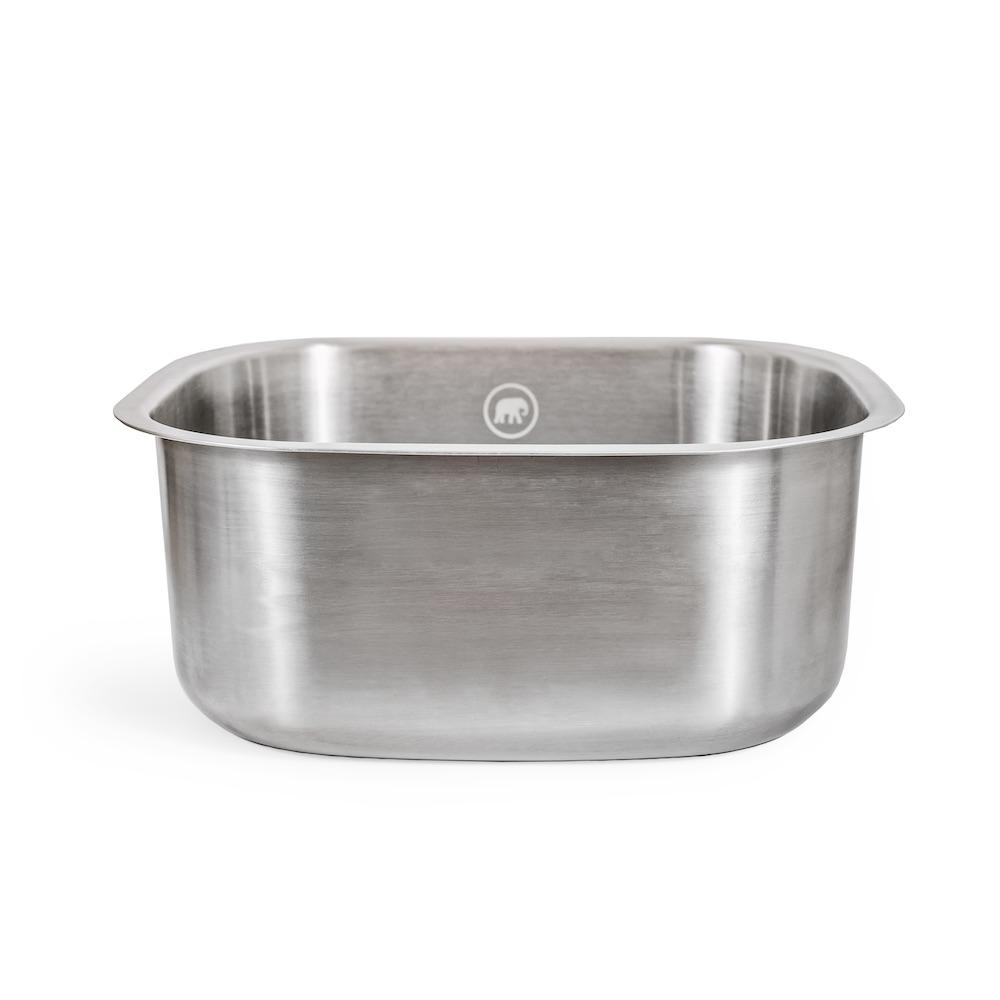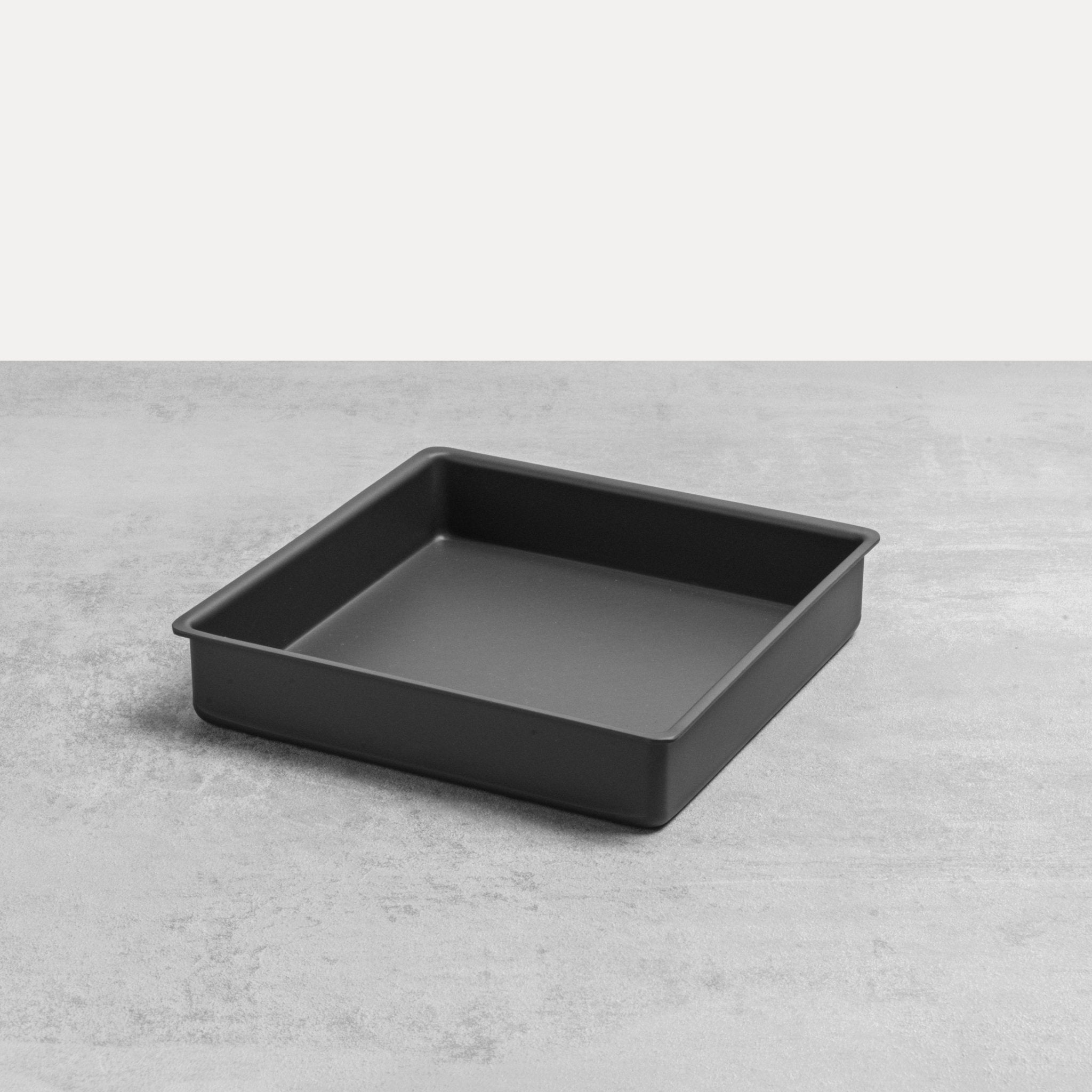Natural Fibres Sale
Natural fibres, chosen for comfort, durability and less waste. From breathable organic cotton to soft wool and long-lasting linen, these materials just work better. They feel better on your skin, wash well, and wear beautifully over time. This natural fibre sale is a chance to pick up trusted favourites at lower prices – no compromises, just good stuff made well.
Natural Fibre Bedding FAQs
What are the benefits of choosing linen bedding over cotton?
The benefits of linen bedding over cotton start with lasting power - linen’s thicker fibres make it naturally tougher. It regulates temperature better, wicks moisture like a charm, and only gets softer with age. Grown from flax with minimal inputs, linen is also a more sustainable choice. Though a touch heavier than cotton, its drapey texture feels cosy in winter and cool in summer. With the right care, quality linen can stick around for decades. That’s a proper long-haul companion for your bed.
Is linen bedding suitable for both summer and winter use?
Yes, linen bedding is suitable for both summer and winter use thanks to its clever hollow fibres. They allow airflow when it’s warm and trap warmth when it’s cold, making linen a smart all-season choice. It’s breathable, moisture-wicking, and surprisingly cosy in chilly weather. No need to dig out seasonal duvets each spring - just one great set of linen can see you through the lot. Better yet, it only gets comfier with time.
How can I soften and reduce wrinkles in my linen bedding?
To soften linen bedding and reduce wrinkles, just use and wash it often - linen naturally improves with age. Stick to mild detergent and skip the fabric softener, which can do more harm than good. Tumble dry on low or air-dry, then shake it out while still damp. For fewer creases, pop it back on the bed warm or fold neatly. Ironing’s optional - most linen lovers embrace the gently rumpled look. It’s part of the charm, really.
What’s the best way to wash and care for natural fibre bedding?
The best way to wash natural fibre bedding is on a gentle cycle at 30–40°C with a mild detergent. Avoid bleach or softeners - they can wear down the fibres. Air-drying is ideal, but if using a dryer, stick to low heat. Iron if you like things crisp, though many prefer the relaxed look. With regular washing, natural fibres like linen soften beautifully. Proper care helps bedding last for years - and it’s often backed by a warranty for peace of mind.
Which natural fibre bedding options are truly buy-it-for-life?
The natural fibre bedding most likely to be buy-it-for-life is made from strong linen or organic cotton, ideally with sturdy stitching and a 5-year (or longer) warranty. Linen earns top marks here for its durability and structure that improves with age. Look for medium or heavyweight fabrics and trusted certifications like GOTS or OEKO-TEX. Bonus if the brand has a repair or recycling programme - it all adds up to bedding that’s built to last.
Why does high-quality linen bedding cost more, and is it worth it?
High-quality linen bedding costs more because it’s made from premium flax, often woven slowly in small European mills under strict standards. That process creates a tougher, longer-lasting fabric that breathes well and softens with age. While pricier up front, it tends to outlast cotton and gets comfier over time, meaning better value in the long run. A good set can last for decades - making it a smart, not flashy, splurge.
Can you safely tumble dry linen or other natural fibre bedding?
Yes, you can safely tumble dry linen or other natural fibre bedding - just keep it to a low heat. High heat can stress the fibres and cause shrinkage. For best results, remove the bedding slightly damp and air-dry the rest of the way. It’s gentler on the fabric and helps with creasing too. While air-drying is ideal, the odd tumble won’t do harm - especially if your bedding is built to last or comes with a care guarantee.
Looking to invest in luxurious linen bedding built to last?
If you’re after linen bedding that’ll go the distance, take a look at our bed linen collection. We’ve handpicked long-lasting, breathable sets made from top-notch natural fibres. A good night’s sleep starts here.


